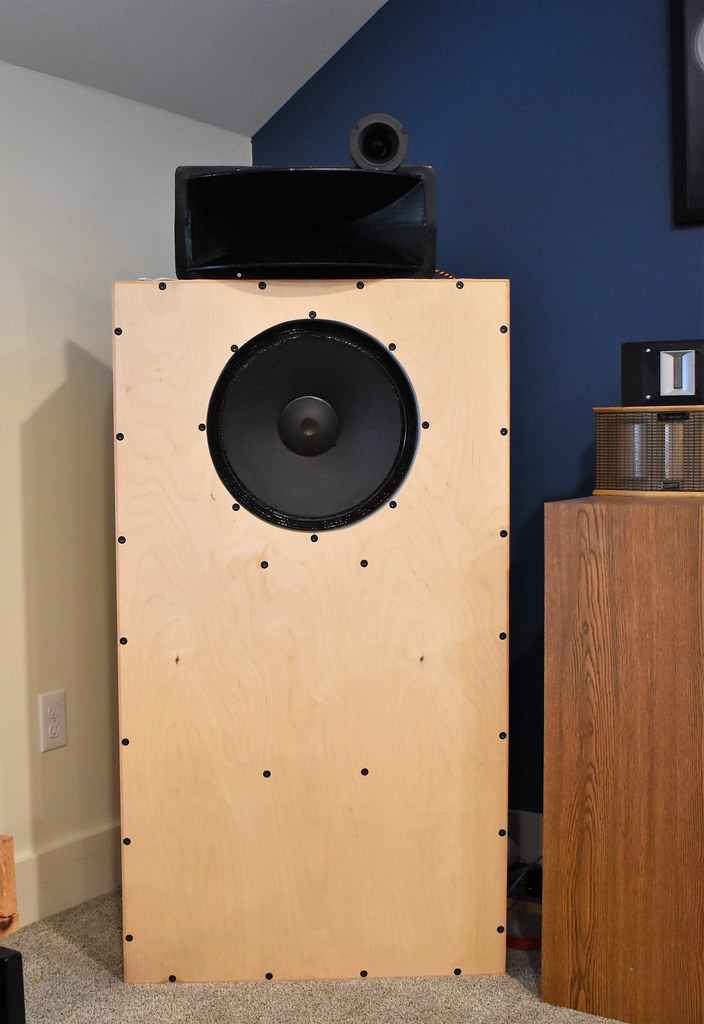Over the years, especially with 2way speakers, I came to appreciate long excursion (travel distance) mid-woofers.
There are speakers which seem to be capable of high dynamic range, while others of the same size just bottom out under pressure. (For example, in playing Pink Floyd's song "Hey You" loudly, when the drums kick in at 1:18. Some speakers can take it easily, while others could be seriously damaged).
Is there a trade-off here? Or are long excursion drivers just better? Also, is this something detailed under a driver's specs?
There are speakers which seem to be capable of high dynamic range, while others of the same size just bottom out under pressure. (For example, in playing Pink Floyd's song "Hey You" loudly, when the drums kick in at 1:18. Some speakers can take it easily, while others could be seriously damaged).
Is there a trade-off here? Or are long excursion drivers just better? Also, is this something detailed under a driver's specs?

